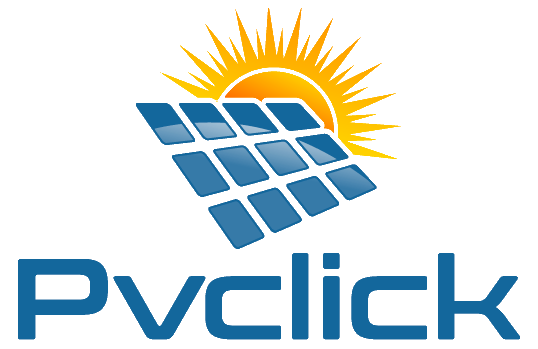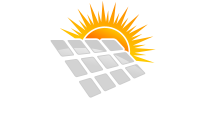AGRIVOLTAIC
While solar energy is one of the most effective solutions for renewable energy production, the agrivoltaic system is probably the most innovative in terms of optimizing consumption, space, and combined benefits.
In the first quarter of 2022 alone, Italy had an 11 per cent increase in solar energy (Terna data), and it has been estimated that as of today 50-70 thousand hectares of national land can be exploited to integrate agrivoltaic systems.
Agrivoltaics: producing clean energy and fostering agriculture
In an agrivoltaic system, photovoltaic panels are mounted high enough above the ground to allow conventional farming practices on the same land.
The main results of the installation (in addition to those from clean energy production) are:
- Protection and care of land for agricultural use
- Encouragement of shade-preferring crops
- Reducing water demand by 14-29% depending on shade level by reducing evaporation in the soil
- For less exposure to the sun
- Protection from sun drying and precipitation phenomena harmful to crops
As research by the U.S. Department of Energy’s National Renewable Energy Laboratory (NREL) suggests.
In addition to the benefits in terms of space, tests conducted in different geographical areas of the world indicate that the synergy between photovoltaics and agriculture creates a microclimate with favourable temperature and humidity for plant growth while also supporting local climate regulation, water conservation, and renewable energy production.
Solar energy: Smart production for companies and agricultural entrepreneurs
Solar energy is one of the most effective ways to reduce the cost of electricity production and drastically decrease pollution.
In the quest for energy independence and liberation from fossil fuels, agri-voltaic plants aim to further increase productivity.
In fact, solar panels with an underlying plant presence heat up less: the moisture produced by the plants can reduce the overall temperature of the panels by 9 C° during daylight hours, increasing the longevity of the entire system so it produces energy for longer.
Agrivoltaic system with Click PV panels: design and characteristics
The design of an agrovoltaic system may require cross-cutting skills ranging from engineering to agronomy to biochemistry.
In fact, there are several variables in the configuration of the system in order to adapt to the local climatic specificity and the expected crops in the soil and meet the production needs, both energy and agricultural.
An agrivoltaic system is characterized by:
- Solar panels
- Operation system (fixed or tracking)
- Supporting structure
- Ground anchorage (foundation)
And a good installation plan takes into account variables such as system type (fixed or variable), height above ground, materials, module spacing, tilt angle, and type and percentage of shading desired.
Free yourself from expenses, combine benefits and register for GAUDI
While Confagricoltura supports such projects to exploit unused land and promote liberation from fossil gas and carbon, both young and historically established agricultural entrepreneurs can expect economic incentives and implementation guides.
The ultimate goal is thus to achieve a solid balance between energy and food production, essentially halving the space allocated to the dues purposes, and making independence from the purchase of external resources a reality.
At the same time, it is good to know some specifics of GAUDI registration.
The GAUDI system – Unique Master Data Management of Power Plants and Production Units – constitutes the single nationwide platform that collects master data of all power production facilities. In addition, the platform enables:
- Monitor the entire lifecycle of generation plants with a dedicated dashboard, from the grid connection request to the plant’s entry into operation and its qualification for energy markets
- Operation system (fixed or tracking)
- Show the technical characteristics of the plants, which are also useful in assessing the degree of resilience of the national electricity system in the face of disturbances on the grid
- Collects and sorts information on existing facilities
- Highlight info of national power system management in planning, programming and operation phases
The implementation of an agrivoltaic system, therefore, is compatible with many types of solar panels.
Find out how we can help you: Visit the page dedicated to the AGRIVOLTAIC system.

